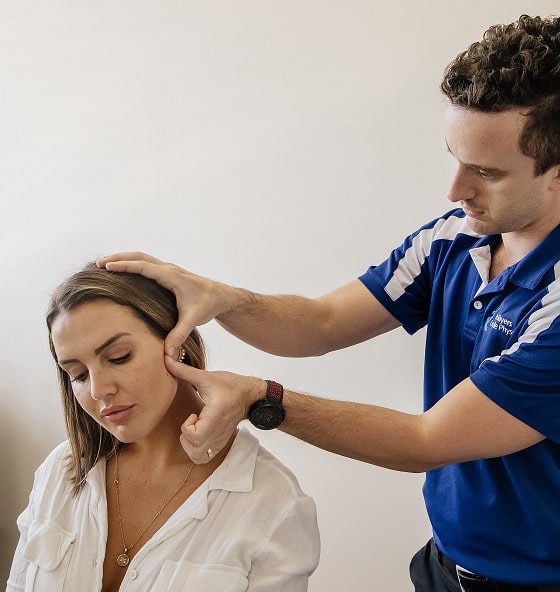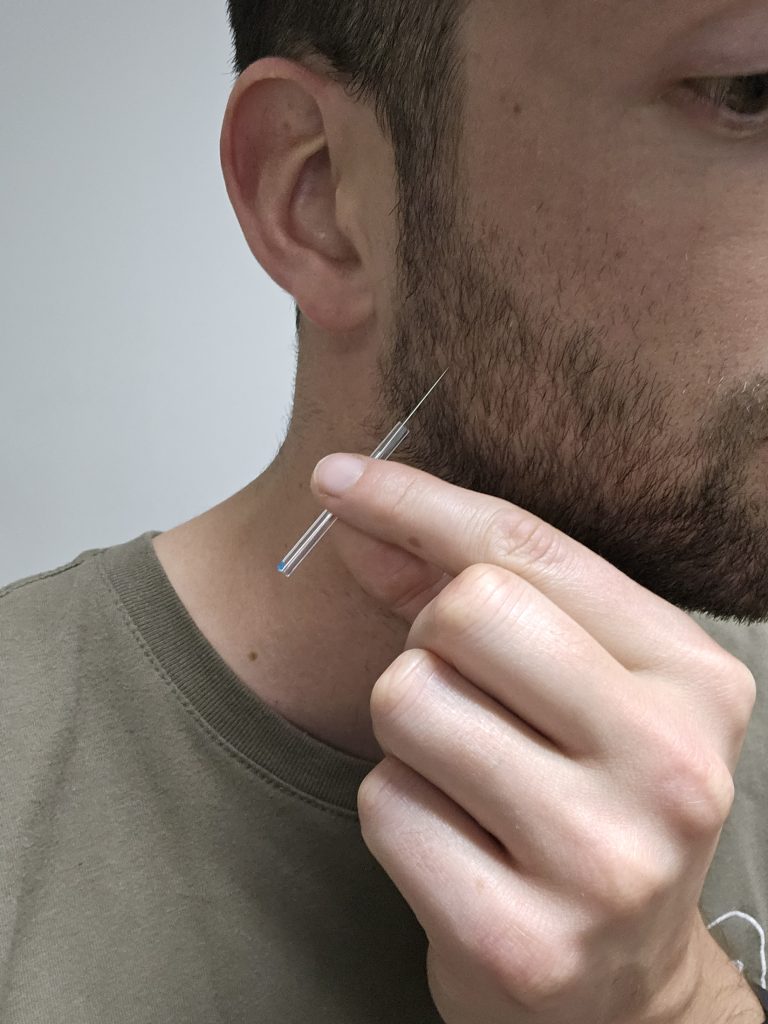Temporomandibular joint (TMJ) pain is a common condition that affects the joint connecting the jawbone to the skull. This discomfort can lead to difficulties in speaking, eating, and yawning, impacting the quality of life for millions of individuals worldwide. While TMJ pain can be debilitating, the combination of physiotherapy has emerged as an effective and non-invasive approach to manage and alleviate these symptoms.
Understanding TMJ Pain
TMJ pain can manifest in various ways, including jaw soreness, clicking or popping sounds when opening the mouth, headaches, and difficulty in chewing or yawning. The root causes of TMJ pain are diverse, including jaw misalignment, teeth grinding (bruxism), trauma, stress, and muscle tension. Addressing both the symptoms and underlying causes is crucial to achieving effective and long-lasting relief.
The Role of Physiotherapy in TMJ Pain Management
Physiotherapy is a specialised form of therapy that focuses on restoring proper joint function and alleviating pain through gentle exercises, manual therapy, and lifestyle adjustments. For TMJ pain, physiotherapy aims to:
- Improve Jaw Mobility: Physiotherapists prescribe specific jaw exercises to strengthen and stretch the muscles around the TMJ. These exercises enhance jaw stability, flexibility, and coordination, reducing pain and improving overall function.
- Manual Therapy: Hands-on techniques, such as soft tissue massage and joint mobilisation, help alleviate muscle tension, improve blood flow, and restore proper jaw alignment.
- Posture Correction: Poor posture can contribute to TMJ pain. Physiotherapists provide guidance on maintaining good posture during daily activities and offer exercises to reduce strain on the jaw.
- Stress Management: Stress and anxiety can exacerbate TMJ pain. Physiotherapists teach relaxation techniques, such as deep breathing and meditation, to manage stress and promote muscle relaxation.

The Role of Dry Needling in TMJ Pain Management
Dry needling is a technique where thin, sterile needles are inserted into trigger points or tight muscle bands to alleviate pain and muscle tension. In the context of TMJ pain, dry needling targets the muscles around the jaw and face. The insertion of needles into these trigger points stimulates the nervous system and increases blood flow to the area. As a result, the muscles relax, reducing tension and pain.

Combining Physiotherapy and Dry Needling for TMJ Pain Relief
The combination of physiotherapy and dry needling provides a powerful approach to managing TMJ pain. Physiotherapy addresses the underlying musculoskeletal issues, such as misalignment and muscle tension, while dry needling targets specific trigger points to enhance pain relief and muscle relaxation. Together, these modalities work synergistically to promote healing, reduce inflammation, and restore proper jaw function.
~ Jacob Spencer, Physiotherapist